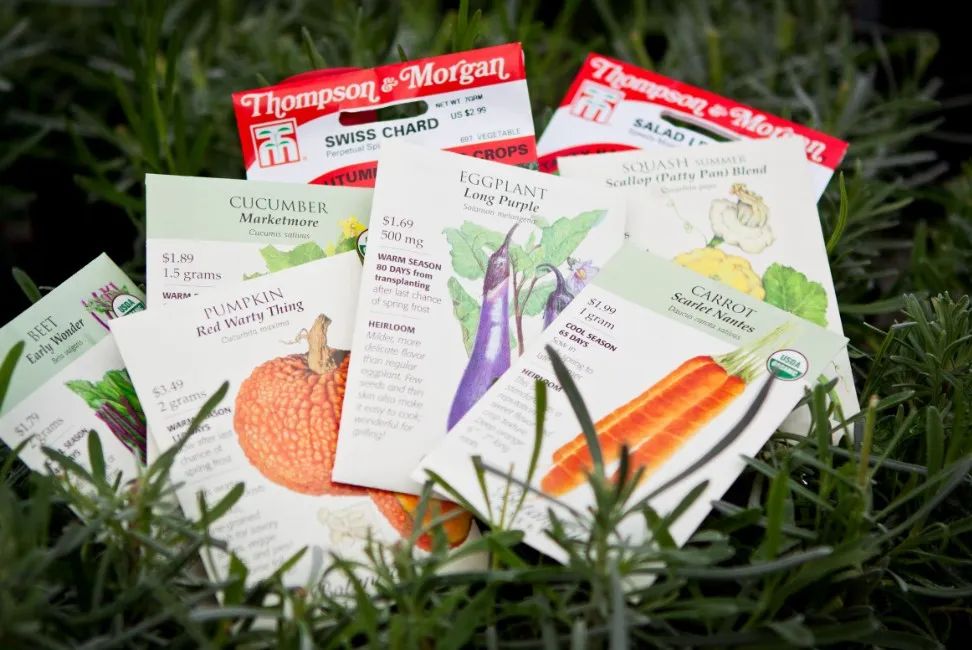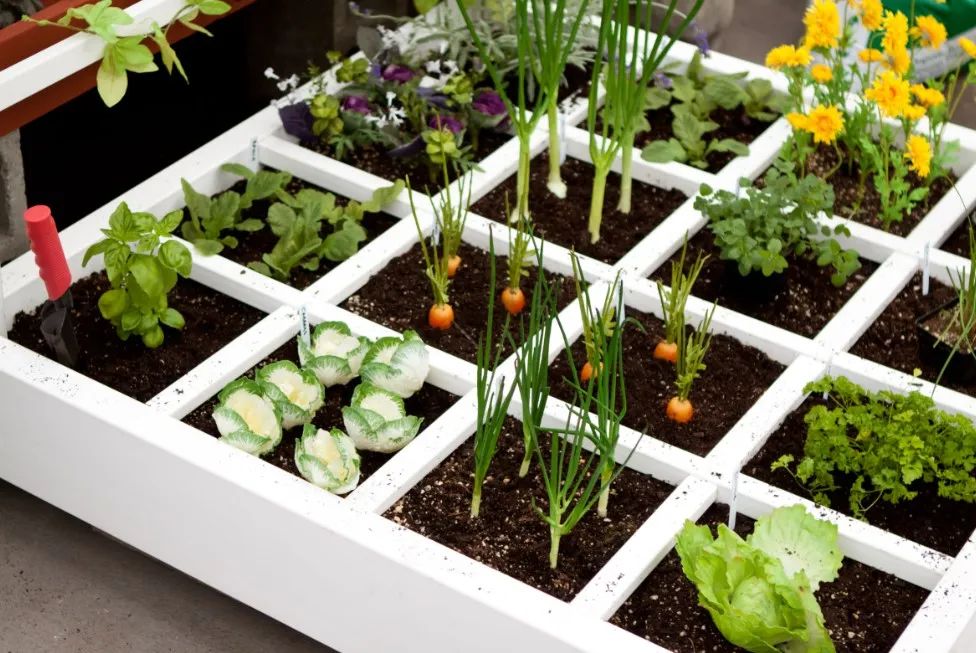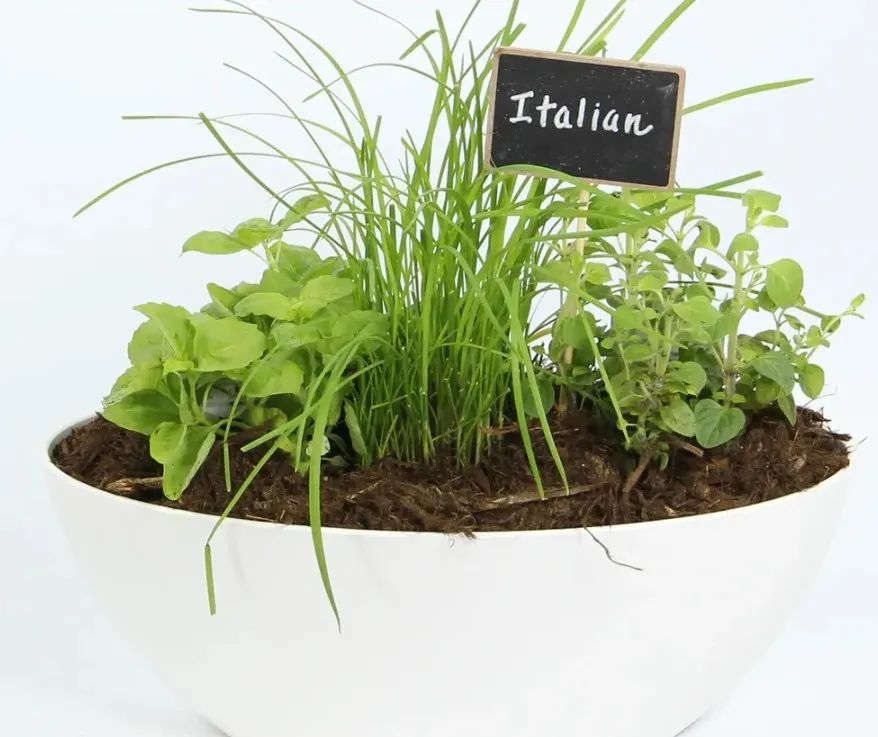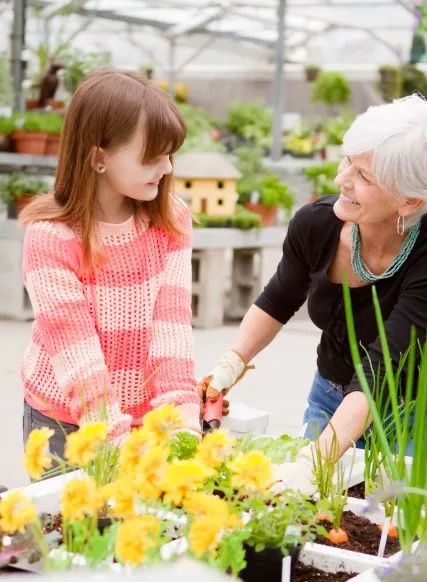
Grab the kids & garden
Digging in the dirt cultivates curiosity & responsibility
From the Experts at Gainan's
Do you remember playing outside in the summer, digging in the dirt, making mud pies, trying to catch bugs? Children and the outdoors just go together; it’s a natural affinity. Harness that energy and curiosity by involving them in your garden. Gardening teaches responsibility, offers short term and long-term rewards and is something you can enjoy as a family.
Children of all ages can participate. Even small children can help plant larger seeds such as corn, peas, beans, pumpkins and sunflowers. Give older children a space of their own and let them choose what they would like to grow. If you don’t have a lot of space for a flowerbed or vegetable garden, plant a container garden.

Plant some quick-growing and maturing seeds such as radishes in your garden spot. They germinate quickly and mature in about 3 weeks. Harvesting the little red balls is fun, even if the kids don’t like to eat them. Other fast germinators are corn - 5 to 7 days; cucumber - 7 to 10 days; lettuce - 7 to 10 days; and watermelon - 5 to 7 days. Some flower seeds that are quick to germinate include centaurea (bachelor's buttons) - 7 to 10 days; dianthus (Sweet William) - 5 to 10 days; rudbeckia (gloriosa daisy) - 5 to 10 days; ageratum - 6 to 10 days; cosmos - 5 to 7 days; sweet alyssum - 8 to 15 days; zinnia - 5 to 7 days; and marigold - 5 to 7 days. Kids are tactile by nature, so choose plants that are kid-friendly. Herbs such as lemon verbena and mint are wonderful aromatics and kids will recognize the fragrances.

One fun project with herbs is to plant a pizza garden. Choose plants that you can actually use in making homemade pizza – onion, garlic, basil, oregano and tomatoes. Or, use the shape of a pizza as a design inspiration and mark a big circle, divide it into wedges and plant a different plant in each wedge.
Do you remember making forts? You and your children can grow a couple of cool hideouts: a bean teepee or a sunflower house.
To make a bean teepee, all you need is six tall poles, twine and pole bean seeds. Bamboo stakes that are nine to twelve feet tall will work great. The poles can be shorter, but that will make the roof of your teepee lower. Make a six-foot circle in the garden. Place your poles around the circle and poke them about three inches into the ground. Tie the tops of the poles together with twine and then stand back to admire the skeleton of your teepee.
Plant bean seeds around your six-foot circle, but be sure to skip a two-to-three foot section for your entrance. Beans grow quickly and soon there will be a nice shady place to hide from the hot summer sun.

You can also grow a hideout with sunflowers. Draw the footprint for this hideout in the soil. Will your sunflower house be a square? Will it be round? You can design your house in any shape you like. You could even make more than one room, but remember to leave space for doors; otherwise you might not be able to get inside!

Once you’ve drawn your plans, plant your sunflower seeds. Be sure to use the seeds that will grow tall. There are many varieties that reach seven to twelve feet. Sunflowers grow quickly and soon you will have a hideout that you and your children designed yourselves. You can also plant bean seeds around the base of the sunflowers to help fill in the “walls”.
Remember to have your children help with the upkeep of the garden. The reward is the experience itself; however, fresh veggies and shady places to play in are fun, too!









